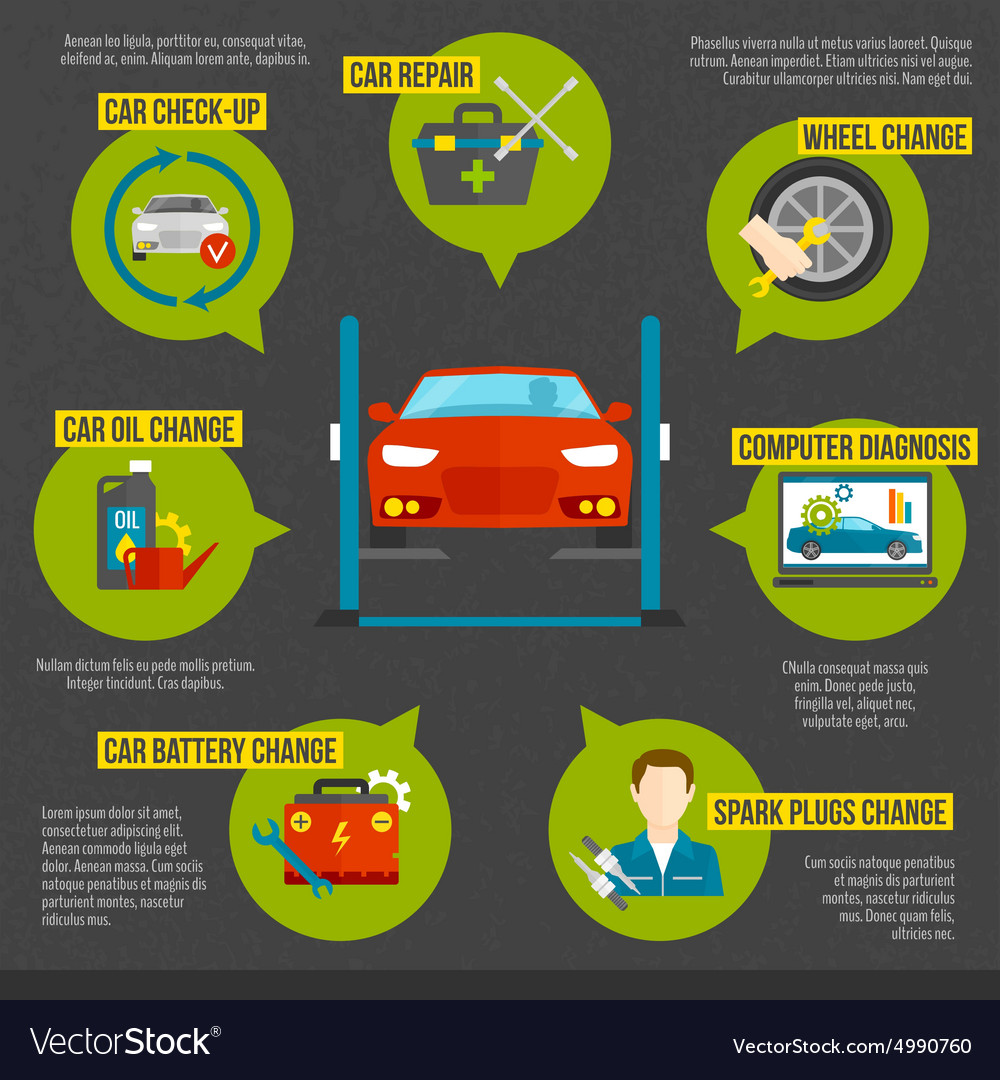Interpreting Your Car'S Alert Lights: Their True Implications
Interpreting Your Car'S Alert Lights: Their True Implications
Blog Article
Writer-Lim Winters
When you're behind the wheel, those beautiful caution lights on your control panel can be a bit perplexing. Do you understand what they're attempting to tell you about your auto's health and wellness? Understanding the value of these lights is important for your safety and security and the longevity of your car. So, the next time one of those lights pops up, would not you want to understand its message accurately and take the necessary actions to address it?
Common Caution Lighting and Interpretations
Recognize common warning lights in your vehicle and understand their definitions to make sure secure driving.
One of the most typical caution lights include the check engine light, which indicates concerns with the engine or emissions system. If this light begins, it's crucial to have your automobile inspected quickly.
The oil pressure alerting light shows reduced oil stress, calling for prompt attention to prevent engine damage.
A blinking battery light might suggest a defective charging system, possibly leaving you stranded otherwise resolved.
The tire pressure monitoring system (TPMS) light notifies you to low tire stress, influencing automobile security and gas effectiveness. Disregarding this could result in dangerous driving problems.
https://www.pushsquare.com/guides/gta-online-best-auto-shop-to-buy shows a trouble with the anti-lock stopping system, compromising your ability to stop swiftly in emergencies.
Last but not least, the coolant temperature alerting light warns of engine getting too hot, which can cause serious damage if not dealt with swiftly.
Comprehending these common warning lights will help you resolve problems quickly and preserve safe driving conditions.
Relevance of Prompt Interest
Recognizing the typical warning lights in your automobile is just the initial step; the significance of promptly addressing these cautions can not be emphasized enough to ensure your security on the road.
When a caution light illuminates on your control panel, it's your auto's method of connecting a prospective concern that needs focus. Ignoring these cautions can cause extra severe issues down the road, endangering your safety and security and potentially costing you much more out of commission.
Motivate focus to advising lights can prevent failures and accidents. For example, a blinking check engine light might show a misfire that, if left unattended, might create damage to the catalytic converter. Resolving this without delay can save you from a costly repair.
Likewise, simply click the following article warning light might signal low brake fluid or worn brake pads, crucial parts for your safety and security when driving.
DIY Troubleshooting Tips
If you see a warning light on your dashboard, there are a few do it yourself fixing suggestions you can attempt before seeking specialist assistance.
The initial step is to consult your vehicle's guidebook to recognize what the specific caution light shows. Sometimes the problem can be as basic as a loosened gas cap triggering the check engine light. Tightening the gas cap may fix the trouble.
Another usual issue is a low battery, which can activate different alerting lights. Inspecting the battery links for deterioration and guaranteeing they're safe might deal with the problem.
If a warning light continues, you can attempt resetting it by detaching the car's battery for a couple of minutes and afterwards reconnecting it. Furthermore, checking your automobile's liquid levels, such as oil, coolant, and brake liquid, can aid troubleshoot alerting lights connected to these systems.
Conclusion
In conclusion, comprehending your cars and truck's warning lights is crucial for keeping your automobile running efficiently and securely. By quickly attending to these informs and recognizing what they indicate, you can stay clear of expensive repair work and potential breakdowns.
Bear in mind to consult your vehicle's guidebook for particular details on each warning light and take action appropriately to guarantee a hassle-free driving experience.
Stay educated, remain secure when traveling!
